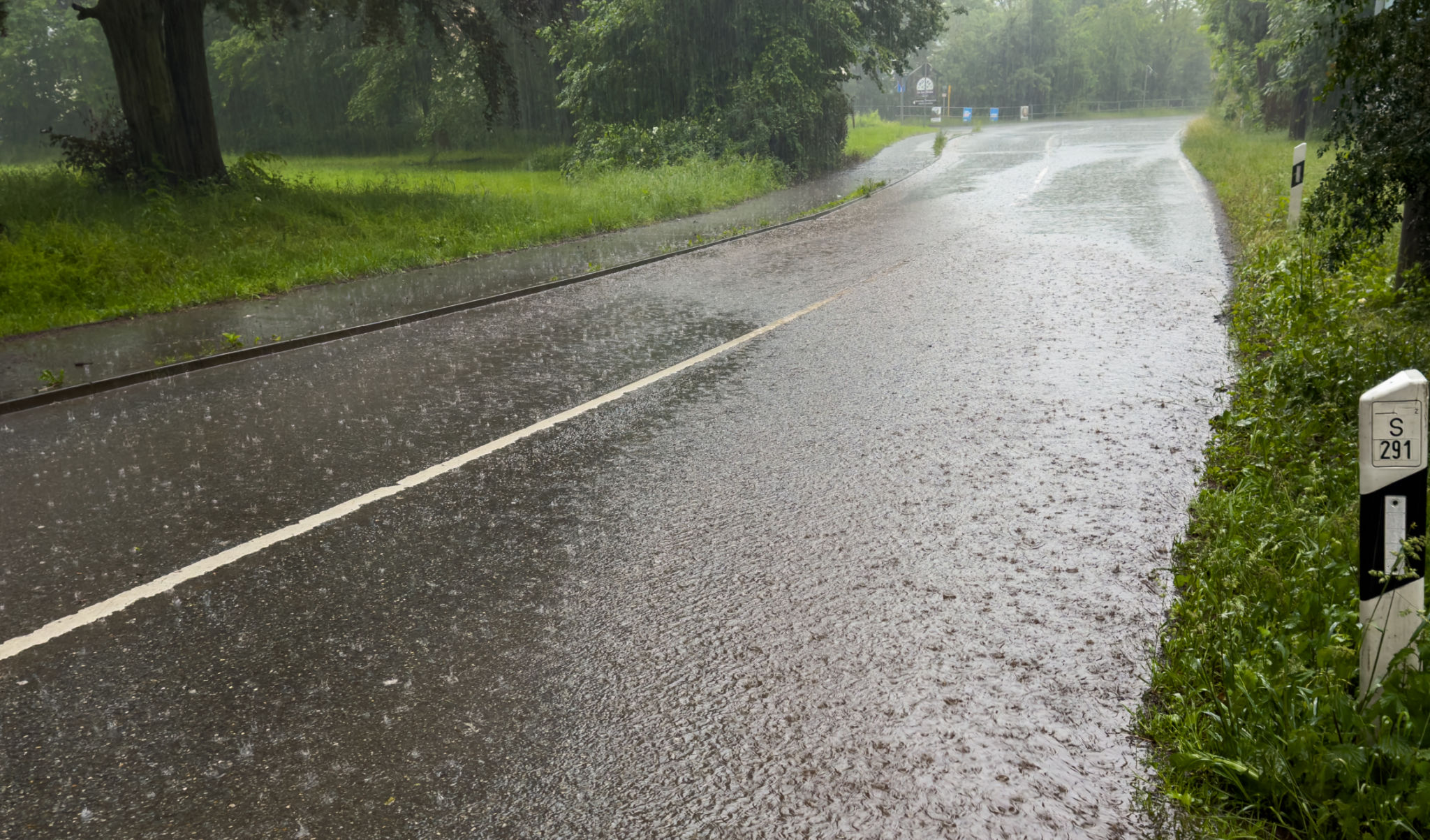Understanding Weather Conditions for Safe Paragliding
Introduction to Paragliding Weather Conditions
Paragliding offers an exhilarating experience, with the promise of soaring above breathtaking landscapes. However, understanding weather conditions is crucial for ensuring a safe and enjoyable flight. Different weather elements can significantly impact the safety and quality of your paragliding adventure. This guide will help you navigate the complexities of weather as it relates to paragliding.

Wind: The Key Element
Wind is perhaps the most critical factor when it comes to paragliding. It influences your launch, flight path, and landing. Ideal wind conditions for paragliding are typically between 5 to 15 km/h. Strong winds can make takeoffs and landings dangerous, while weak winds may not provide enough lift.
It's essential to note the difference between surface wind and aloft wind. Surface wind affects takeoff and landing, while aloft wind impacts flight dynamics at higher altitudes. Always check wind forecasts and be cautious of sudden changes in wind speed or direction.
Thermals and Stability
Thermals, or rising columns of warm air, are a paraglider's best friend. They provide the lift needed for extended flights. Understanding how thermals form and where they're likely to be found can enhance your flying experience. Typically, thermals are stronger during midday when the sun heats the ground.
However, thermal turbulence can also pose risks. Too much thermal activity might lead to unstable flying conditions. Monitoring thermal strength and stability is crucial, especially for less experienced pilots who might find strong thermic conditions challenging.

Clouds: Reading the Sky
Clouds offer valuable insights into weather conditions. Cumulus clouds often indicate good thermal activity, while cumulonimbus clouds suggest thunderstorms, which are hazardous for paragliders. Avoid flying near developing storm clouds as they can produce strong downdrafts and turbulence.
A clear understanding of cloud formations helps pilots anticipate weather changes. Always pay attention to cloud development before and during flights to ensure safety.
Temperature and Humidity
Temperature plays a role in thermal generation. Warmer temperatures typically result in stronger thermals, but rapid temperature changes can also indicate instability. Additionally, humidity affects air density; higher humidity can lead to reduced lift.
Monitoring daily temperature variations and humidity levels helps pilots plan their flights effectively. Check local weather reports for detailed information on these factors.

Local Weather Patterns and Microclimates
Every paragliding site has unique weather patterns influenced by local geography and microclimates. Understanding these patterns is essential for safe flying. Mountainous areas, for instance, can have rapidly changing weather due to topographical influences.
Consult with local pilots or instructors familiar with the area to gain insights into specific weather conditions you might encounter. Their experience is invaluable in identifying potential hazards unique to the location.
Conclusion
Mastering weather conditions is a crucial aspect of safe paragliding. By understanding wind dynamics, thermal activity, cloud formations, temperature, humidity, and local weather patterns, you can enhance your flying experience while staying safe. Always prioritize safety over adventure, and never hesitate to cancel or postpone a flight if conditions seem unfavorable.
